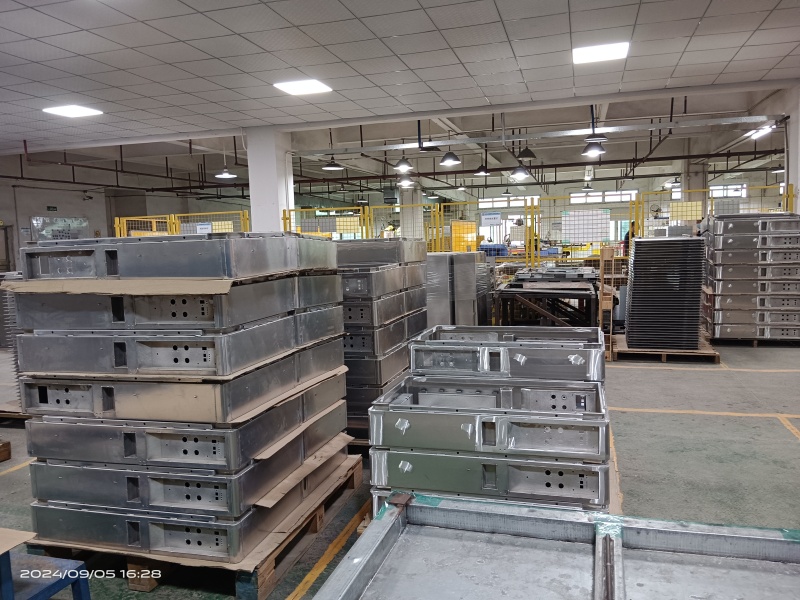When designing or working with sheet metal, certain rules govern the creation of holes to ensure structural integrity, manufacturability, and ease of production. Here are the general rules for sheet metal holes:
1. Minimum Hole Diameter
The minimum diameter for holes should typically be equal to or greater than the thickness of the sheet metal.
For example, if the sheet metal is 1 mm thick, the hole diameter should be at least 1 mm. This helps prevent tool breakage and distortion during the punching process.
2. Hole Placement from Edges
Holes should not be placed too close to the edge of the sheet metal to avoid tearing or distortion.
The rule of thumb is that the distance from the edge of the hole to the nearest edge of the sheet should be at least 1.5 to 2 times the thickness of the sheet.
3. Spacing Between Holes
Holes must be spaced apart sufficiently to avoid distortion and to maintain the strength of the sheet.
The minimum spacing between the centers of two holes should be at least 2 to 3 times the thickness of the sheet.
4. Hole Shape
Round holes are generally preferred because they are easier to punch and less prone to distortion.
Irregularly shaped holes (square, rectangular, or oblong) may require laser cutting or other specialized tools, which can increase manufacturing costs.
5. Burrs and Tolerances
Expect some degree of burrs or rough edges around holes, especially when using punching methods. These need to be accounted for and deburred if necessary.
Hole tolerances should account for the expansion and contraction during punching or laser cutting, especially in high-precision designs.
6. Tooling Considerations
Punching: For high-speed production, hole diameters should be within the practical limits of punching tools. Extremely small holes may require drilling or laser cutting.
Laser Cutting: More complex shapes and smaller holes can be cut more easily with laser, though it can be slower and more expensive.
7. Avoiding Distortion
Avoid too many holes or large holes in thin sheet metal to prevent warping or distortion.
Reinforcements or flanges may be needed to preserve the structural integrity when multiple or large holes are required.
8. Sheet Metal Type
Material properties such as ductility and brittleness should be considered. Softer metals may allow for smaller hole diameters, whereas harder metals may need larger holes to prevent tool wear and material cracking.
By following these guidelines, you can avoid common issues such as tearing, excessive wear on tools, and structural weaknesses in sheet metal designs.
Click sheet metal fabrication company china or china sheet metal forming manufacturers to learn more about sheet metal fabrication services.
For all your electrical enclosures from China, contact Sheet Metal Fabrication Companies in China JIATONG now.

Leave a Reply